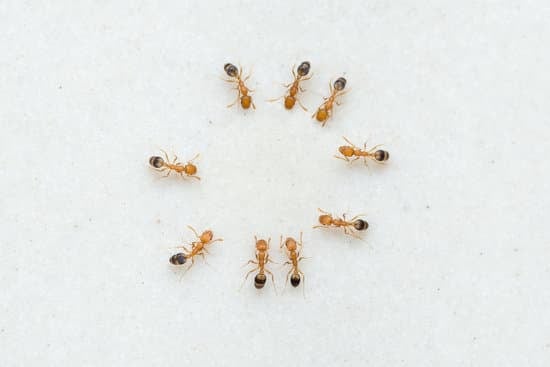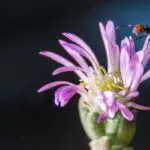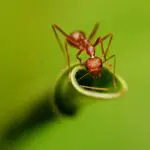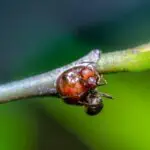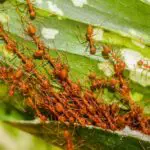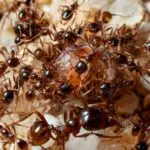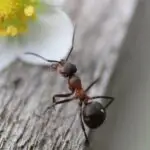How Much Biomass Do Ants Make Up on Earth?
Counting the ants of the Earth has long been an enigma for scientists. A recent study has provided a new estimate. According to the scientists, there are 20 quadrillion ants on the planet. That’s more than the total biomass of all wild mammals and birds combined.
Ants are important ecosystem engineers. They recycle organic matter, aerate the soil, and spread seeds to grow new plants. They are also important scavengers. They feed on decaying matter and dead animals. They also recycle nutrients back into the soil.
There are about 20,000 species of ants. They are found on all continents. However, they are most abundant in tropical forests. They are also common in arid areas. Some species are as small as millimeters long.
In the past, scientists have attempted to measure ant biomass using an approximation based on the total number of insects on the planet. Previous estimates ranged from 2.5 megatons of carbon to 70 megatons of carbon.
The new study is the first “bottom-up” estimate of the ant population. The scientists analyzed 489 studies conducted around the world across all habitats. The studies used a range of methods to count ants, including pit traps, booby traps, and leaf litter samples. The results provided a new baseline for tracking ant responses to climate change.
The new ant population estimate is two to twenty times larger than previous estimates. This is important for scientists who want to track the changes in global insect populations.
